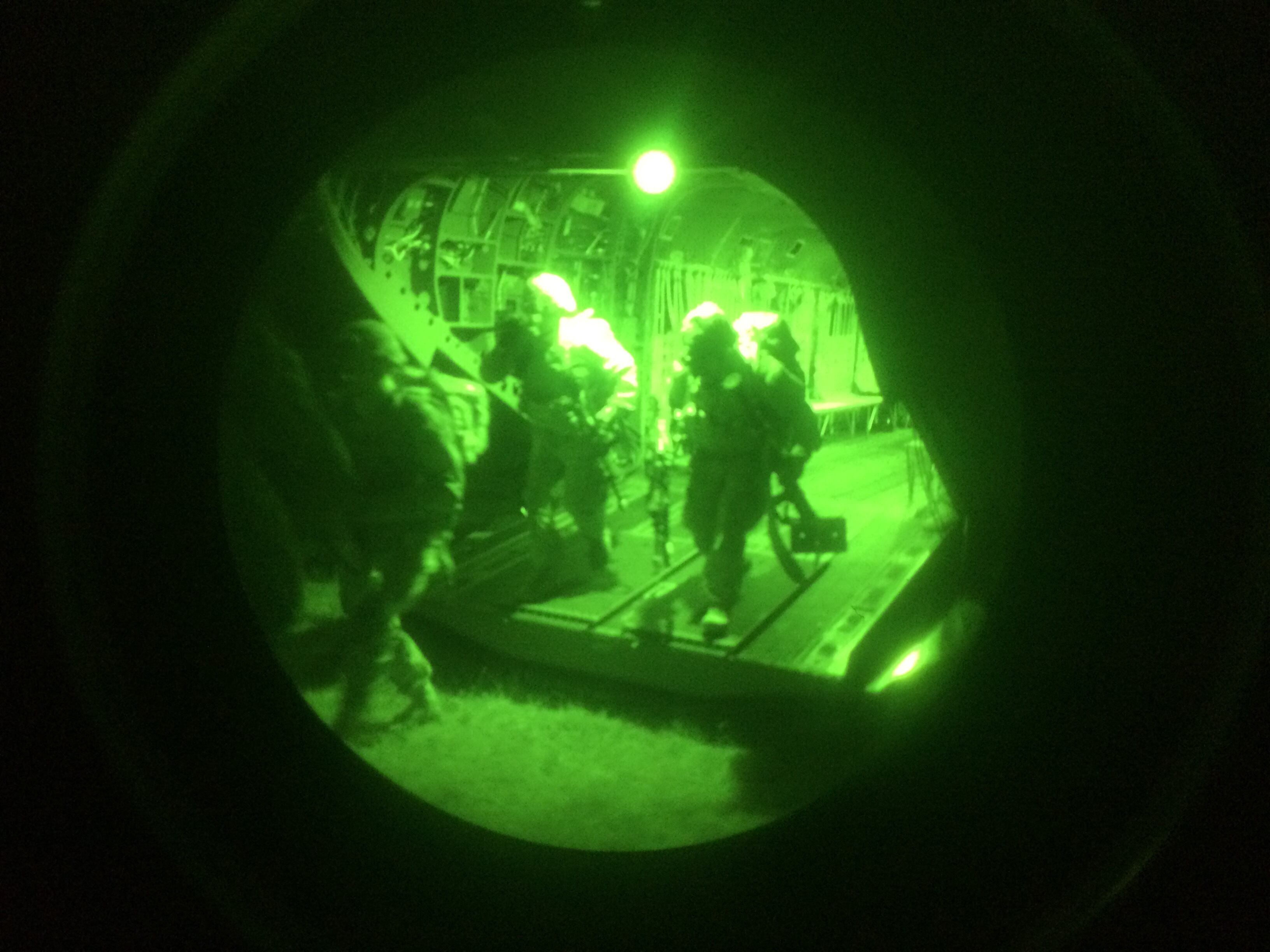How did the sensor landscape shift in the past year? A pair of year-end awards to one Alexandria, Va. contractor helps to illustrate some of the biggest trends.
In November, the Naval Research Laboratory awarded DCS Corp. a five-year, $40 million contract to develop enhanced ISR capabilities. That same month the company and its part Millennium Corp. won three task orders for sensors and night vision work valued at approximately $21 million through the U.S. Army Communications-Electronics Research, Development & Engineering Center (CERDEC) and Night Vision Electronic Sensors Directorate (NVESD) as well as the U.S. Army Project Manager Terrestrial Sensors (PM TS).
All this activity reflects military interest in a rapidly-evolving set of capabilities. "It is amazing the progress that has been made in the various sensors, and with the improvements the prices have come down quite a bit," said DCS Department Manager Jason Bassingthwaite.
He pointed to three areas in particular where 2016 saw significant advances: High definition thermal cameras, low-light CCDs and LiDAR all are experiencing rapid improvements.
Thermal cameras
While heat-sensing imaging systems have been in use since the 1970s, today's devices "are far more sensitive, they have more pixels, the pixels are smaller and while it is still more expensive than an off-the-shelf camera, you are getting better benefits for each dollar," Bassingthwaite said.
"Something you used to be able to see at 100 kilometers, you can now see at 20 kilometers. Or if a system used to be able to track vehicles, now it has the resolution to track individual people," he said.
The military is eager to deploy such tools not just for aerial observation but also for soldiers on the ground. Army's Product Manager Soldier Maneuver Sensors (PM SMS) fields a 17 micron sensor technology that it says provides "size, weight and power improvements over previous configurations."
"A lot of our enemies cannot operate at night, so if we have technology that allows us to see them, that is a huge advantage," Bassingthwaite said.
Low-light CCDs
CCDs, or charge coupled devices, are the image sensors common to most cameras. Their growing ability to capture images in low-light environments is largely an outgrowth of advances in consumer technologies.
"Your cell phone has a camera on it than has more pixels than you could buy on a digital camera 15 years ago. So there is an effort by DoD to take high level of pixel availability and to use specialized optics and other techniques to make cameras more sensitive so that they can work in low-light situations," Bassingthwaite said.
Low-light CCDs are on the agenda for the spring conference of SPIE, the international society for optics and photonics, where the technology is being described as an integral tool in the military's ability to operate in degraded visual environments.
Airborne scenarios are especially attractive. "You are flying over a scene, you are monitoring things going on down below, and now with these low-light level cameras you can monitor an area 24 hours a day. In the movies the bad guys would hide during the day and then come out at night, and the technology gives you a real advantage in that scenario," he said.
LiDAR
Light Detection and Ranging, or LiDAR uses pulsed laser to gauge remote objects. "Thermal tells you what's hot and what's not. LiDAR can actually sense the shape of things. It can tell you how far away things are, so that you get a 3-D map of what is out there," Bassingthwaite said.
The Navy's Mine Warfare Office, Airborne Laser Mine Detection System (ALMDS) has an interest. In spring 2016 it asked industry to produce a LiDAR solution for "improved detection and identification of sea mine-like objects with a low false alarm rate for future Navy use."
Recent evolutions make this a real possibility. "There are improvements in the software processing, there are improvements in the actual lasers and the sensor arrays that detect the reflection of that laser beam. There have been improvements across all of that," Bassingthwaite said.
While thermal, low-light and LiDAR all are seeing enhancements, there is no one silver bullet for situational awareness. "Each modality has its own advantages and disadvantages. When you combine them, that is when you see big improvements in your ability to identify and track targets through all sorts of conditions," he said.
At the same time, the evolving sensors also present a new kind of challenge.
"It's not that hard to put a bunch of cameras on an aircraft, but once you have all these cameras you still have to process that data," Bassingthwaite said. "The advantage to these cameras is you collects a lot more data, but you may be limited by the communications, for instance between the aircraft and the troops on the ground."
Even as sensing technologies continue to improve, the coming year will likely see a push by military users to strengthen the data links needed to utilize these new capabilities to maximum effect.








